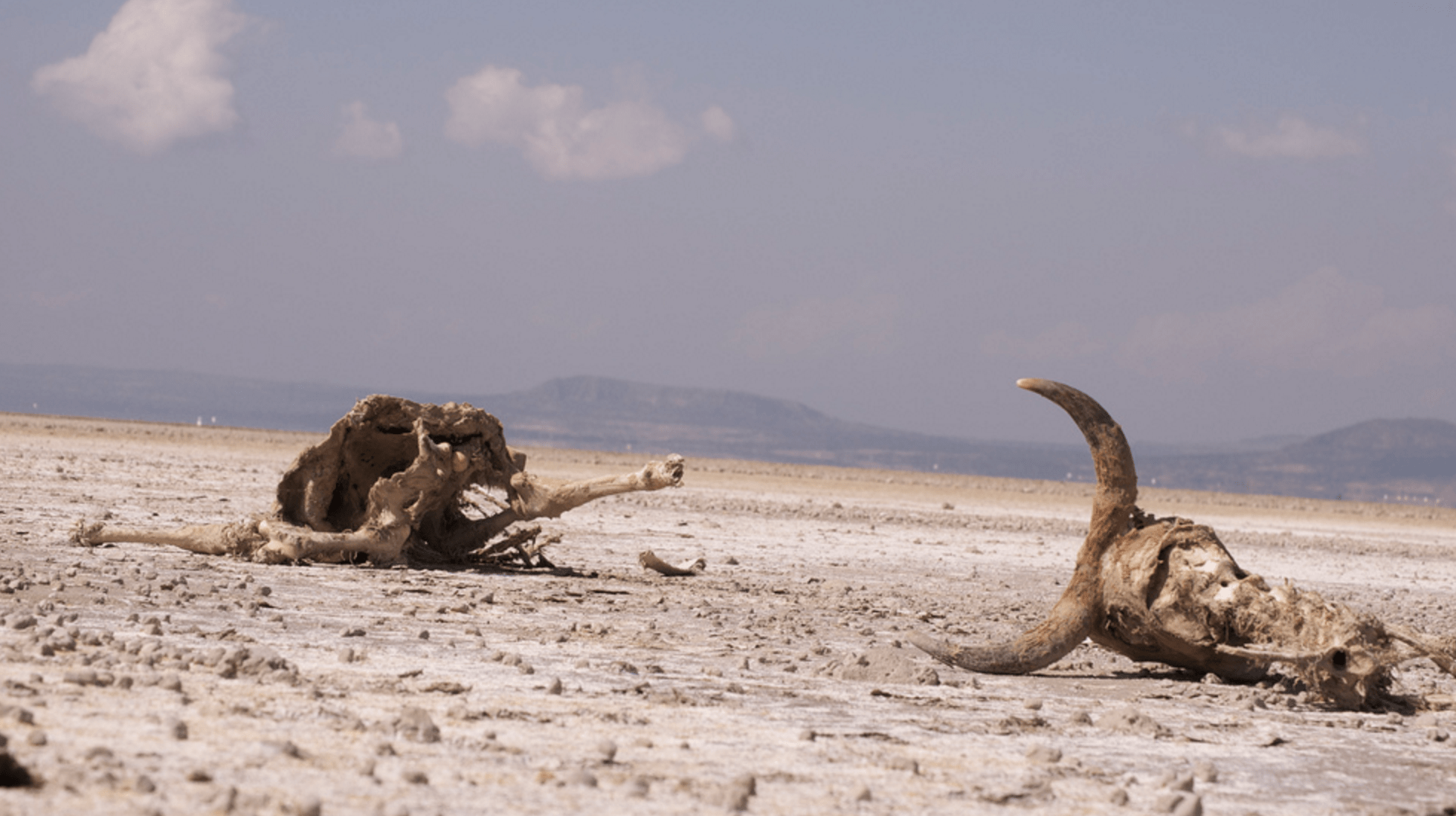The latest bulletin released by the UN Office for the Coordination of Humanitarian Affairs, OCHA, contains this very alarming sentence:
“The level of acute need across virtually all humanitarian sectors has already exceeded levels seen in the Horn of Africa drought of 2011”
To put that in context: the Horn of Africa drought of 2011 led to a famine in Somalia that killed an estimated 200,000 people.
No one is yet saying that this will turn into a famine, in part because the Somali famine was caused largely by the al Shebaab insurgency, which has subsided. Still, the fact that OCHA is putting the current situation in the context of one of the worst humanitarian crises of the last decade is deeply alarming.
The proximate cause of the drought is the El Nino effect, which is being felt particularly hard in the Horn of Africa. In Ethiopia, rains that feed 80 to 85 percent of the country are far weaker than in years past. OCHA is warning that Ethiopia is in the midst of the worst drought in 30 years, and that things will get worse during the first eight months of 2016.
During the last El Nino, in 2002, donors we slow to respond.”Much of the required food aid was not delivered until late February 2003, leading to a doubling of global and severe acute malnutrition rates and a costlier intervention,” says OCHA. This time around, the United Nations and government of Ethiopia are pleading with countries to intervene sooner. But while there is some donor interest, it is “still insignificant in relation to the need.”
In other words, El Nino is hitting a particularly vulnerable region particularly hard. And so far, the international community is not responding in any meaningful way.
